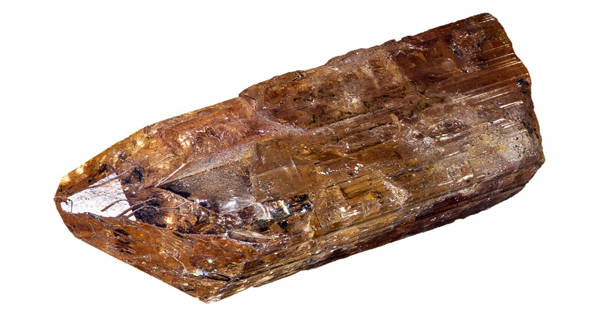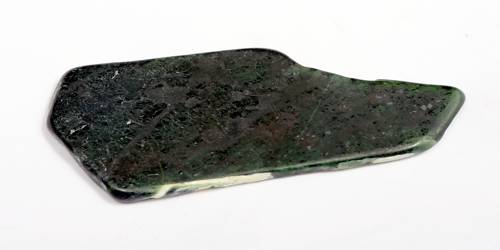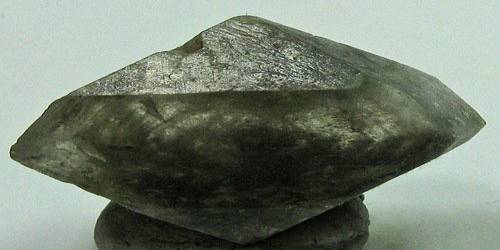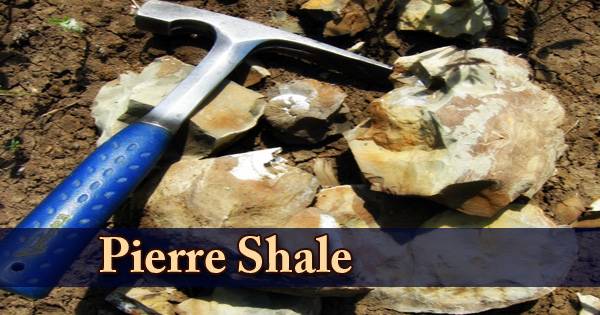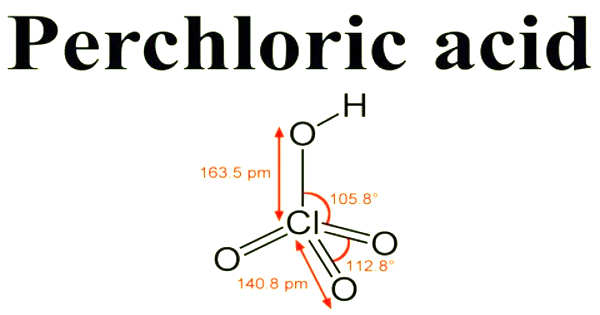Brewsterite is the name of a series of tectosilicate minerals of the zeolite group. Prior to 1997, brewsterite was recognized as a mineral species, but a reclassification in 1997 by the International Mineralogical Association changed it to a series name, with the mineral species being named brewsterite-Sr and brewsterite-Ba. Brewsterite-Sr, the more common of these, is a hydrous strontium and aluminum silicate, (Sr, Ba)2Al4Si12O32·10H2O.
It is named after Sir David Brewster (1781–1868) who described it in 1822. The type locality for the series and for brewsterite-Sr is Strontian, Argyll, Scotland.
General Information
- Category: Zeolite
- Crystal system: Monoclinic
- Crystal class: Possibly prismatic (2/m)
- Space group: Possibly P21/m.

Properties
It is generally considered to be monoclinic, though optical studies have suggested it might be triclinic. It has one plane of perfect cleavage. The color is white, yellow-white, or gray. The Mohs’ hardness is 5. It is transparent to translucent. The crystals are prismatic. Brewsterite is isomorphous with heulandite.
- Luster: Vitreous
- Transparency: Transparent
- Colour: White, Colorless, Pale Pink
- Hardness: 5 on Mohs scale
- Density: 2.453 g/cm3 (Measured) and 2.5 g/cm3 (Calculated)
Occurrence: Hydrothermally deposited in druses lining cavities in basalts and schists; more rarely in ore deposits. It is a hydrothermal mineral occurring in volcanic rocks such as basalt. Grayish crystals are found at the Giant’s Causeway in County Antrim. It is found with harmotome in the lead mines at Strontian in Argyllshire.
Brewsterite-Sr is a rare mineral that is deposited hydrothermally in druses lining cavities in basalt and schist and can be found more rarely in ore deposits. Localities for Brewsterite-Sr include at the type locality at Strontian in Scotland, France, Russia, and Canada, among only a couple others.
Association: Zeolites, calcite, quartz.
Information Source:

